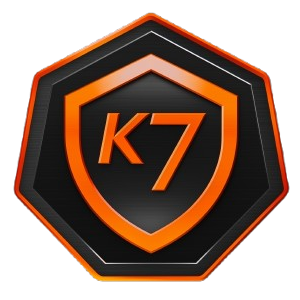Create sandbox
Endpoint: POST /api/v1/sandboxes
curl -X POST "$BASE/api/v1/sandboxes" \
-H "X-API-Key: $K7_API_KEY" \
-H "Content-Type: application/json" \
-d '{
"name": "my-sandbox",
"image": "alpine:latest",
"namespace": "default",
"limits": {"cpu": "500m", "memory": "512Mi"}
}'
{
"name": "my-sandbox",
"image": "alpine:latest",
"namespace": "default",
"limits": {"cpu": "500m", "memory": "512Mi"}
}
{
"name": "my-restricted-sandbox",
"image": "alpine:latest",
"namespace": "default",
"egress_whitelist": ["10.0.0.5/32"],
"limits": {"cpu": "500m", "memory": "512Mi"}
}
{
"data": {
"name": "my-sandbox",
"namespace": "default",
"image": "alpine:latest"
}
}
Request body schema
Fields accepted in the JSON body when creating a sandbox:
name (string, required): Unique sandbox name in the namespaceimage (string, required): Container image, e.g. alpine:latestnamespace (string, default default): Kubernetes namespaceenv_file (string | null): Path (on API host) to .env file to inject as Secretbefore_script (string, default empty): Shell commands to run before the container is marked Readylimits (object): Resource limits/requests; keys supported: cpu, memory, ephemeral-storageegress_whitelist (string[] | [] | null): See Egress section belowpod_non_root (boolean, default false): Run pod as non-root (UID/GID/FSGroup 65532)container_non_root (boolean, default false): Run container as non-root (UID 65532)cap_drop (string[] | null): List of capabilities to drop; default policy is ALLcap_add (string[] | null): List of capabilities to add back
Responses
201 Created with Location header to the created resource:
{ "data": { "name": "my-sandbox", "namespace": "default", "image": "alpine:latest" } }
400 BadRequest when validation fails (invalid limits, bad env file, already exists, etc.)
List sandboxes
Endpoint: GET /api/v1/sandboxes
curl -H "X-API-Key: $K7_API_KEY" "$BASE/api/v1/sandboxes?namespace=default"
{
"data": [
{
"name": "my-sandbox",
"namespace": "default",
"status": "Running",
"ready": "True",
"restarts": 0,
"age": "0:05:42",
"image": "alpine:latest",
"error_message": ""
}
]
}
Get sandbox
Endpoint: GET /api/v1/sandboxes/{name}
curl -H "X-API-Key: $K7_API_KEY" "$BASE/api/v1/sandboxes/my-sandbox?namespace=default"
{
"data": {
"name": "my-sandbox",
"namespace": "default",
"status": "Running",
"ready": "True",
"restarts": 0,
"age": "0:05:42",
"image": "alpine:latest",
"error_message": ""
}
}
Delete sandbox
Endpoint: DELETE /api/v1/sandboxes/{name}
curl -X DELETE -H "X-API-Key: $K7_API_KEY" \
"$BASE/api/v1/sandboxes/my-sandbox?namespace=default"
{ "data": { "message": "Sandbox my-sandbox deleted successfully" } }
Delete all sandboxes
Endpoint: DELETE /api/v1/sandboxes
curl -X DELETE -H "X-API-Key: $K7_API_KEY" \
"$BASE/api/v1/sandboxes?namespace=default"
{
"data": {
"message": "Deleted 1 sandboxes",
"results": [ { "name": "my-sandbox", "success": true, "error": null } ]
}
}
Deleting sandboxes is irreversible.
See also
- API Security & networking:
/api/security
